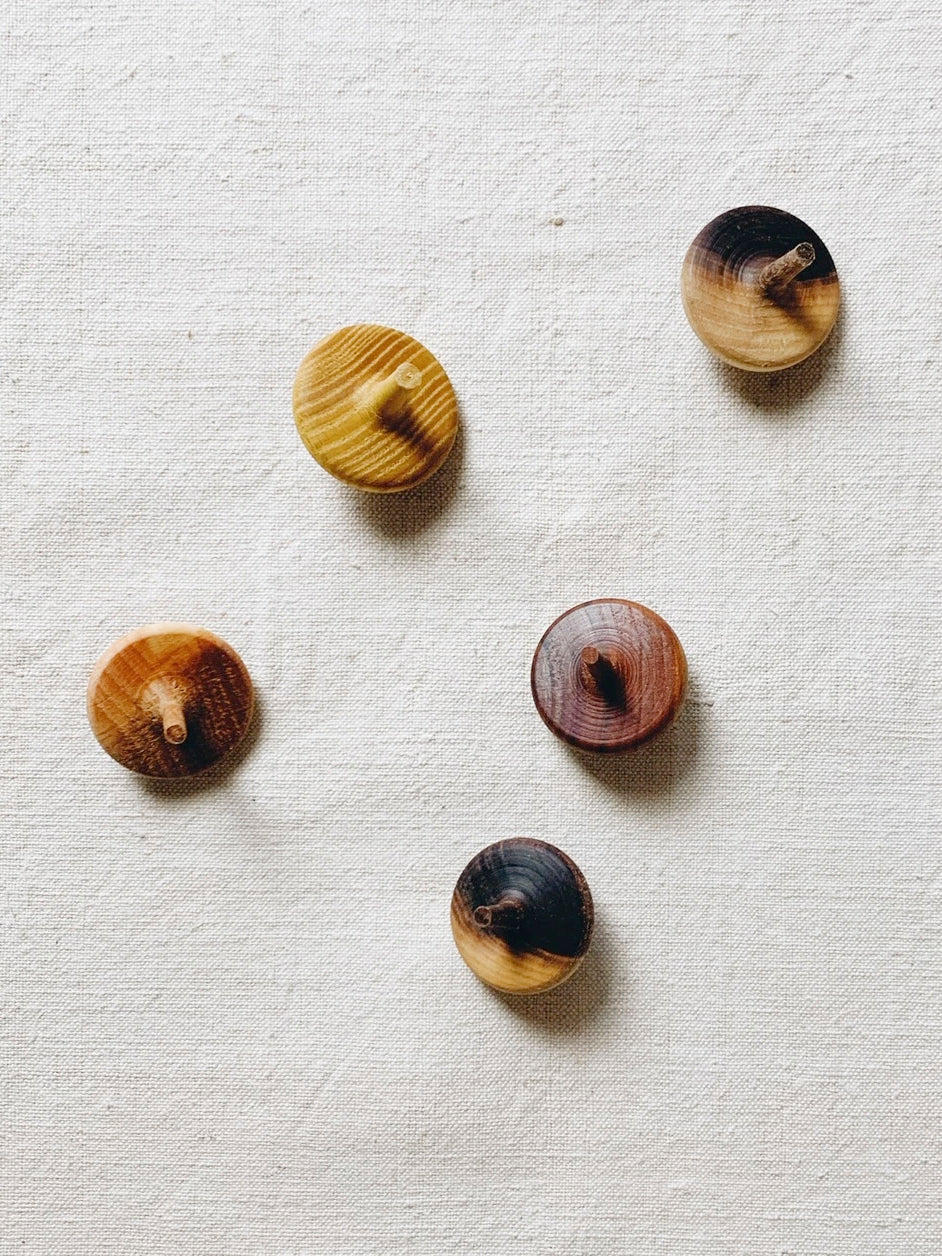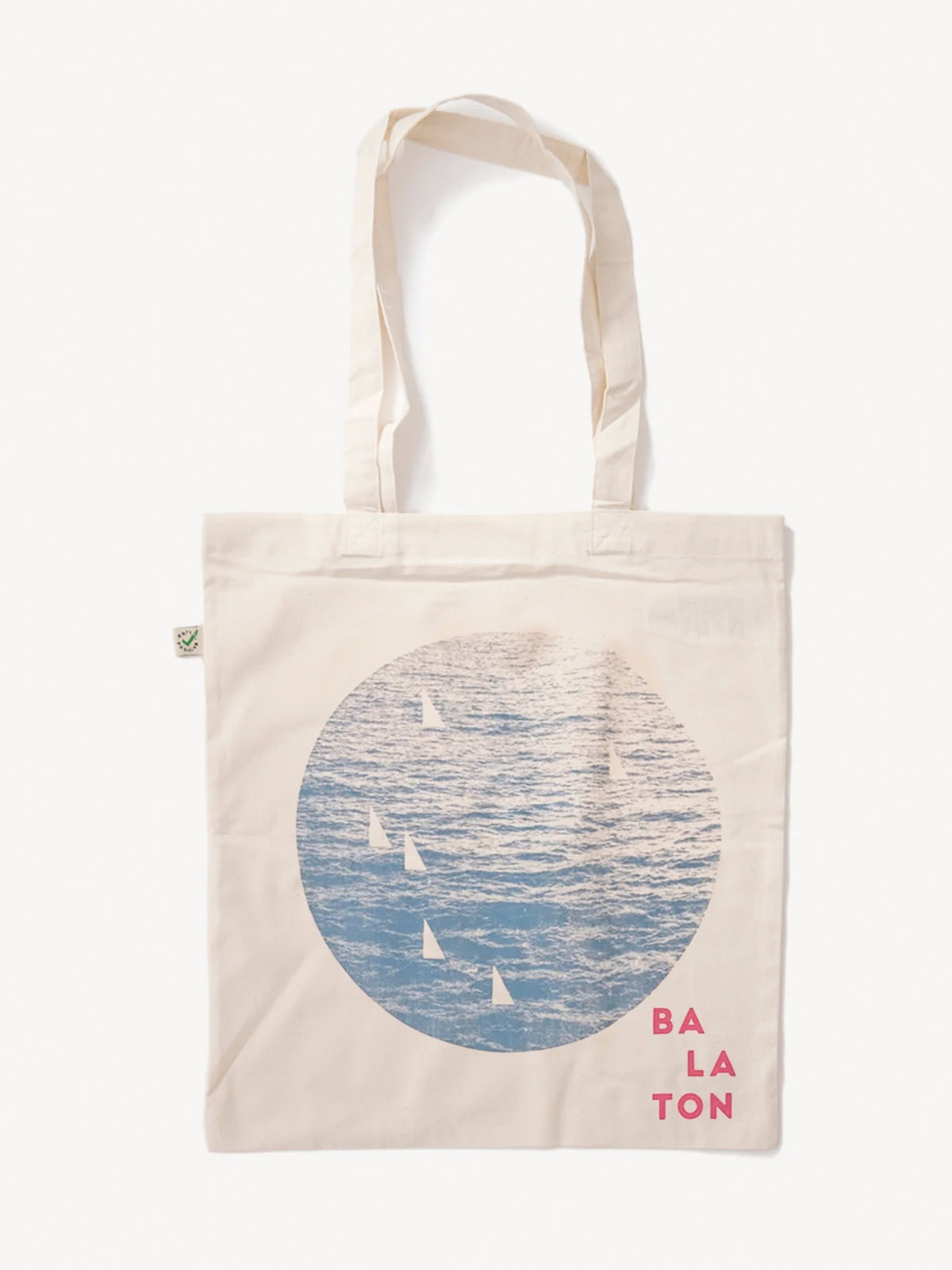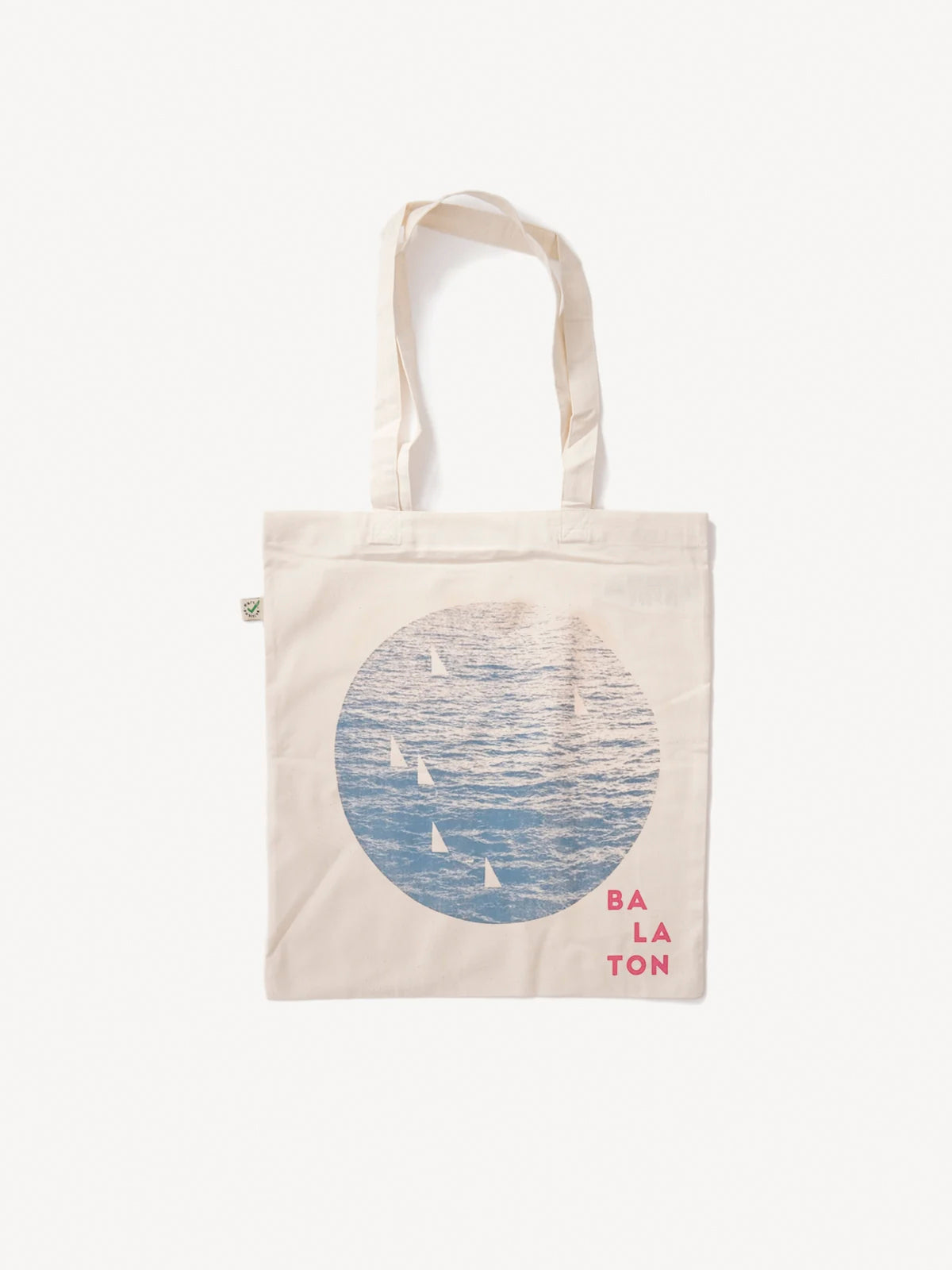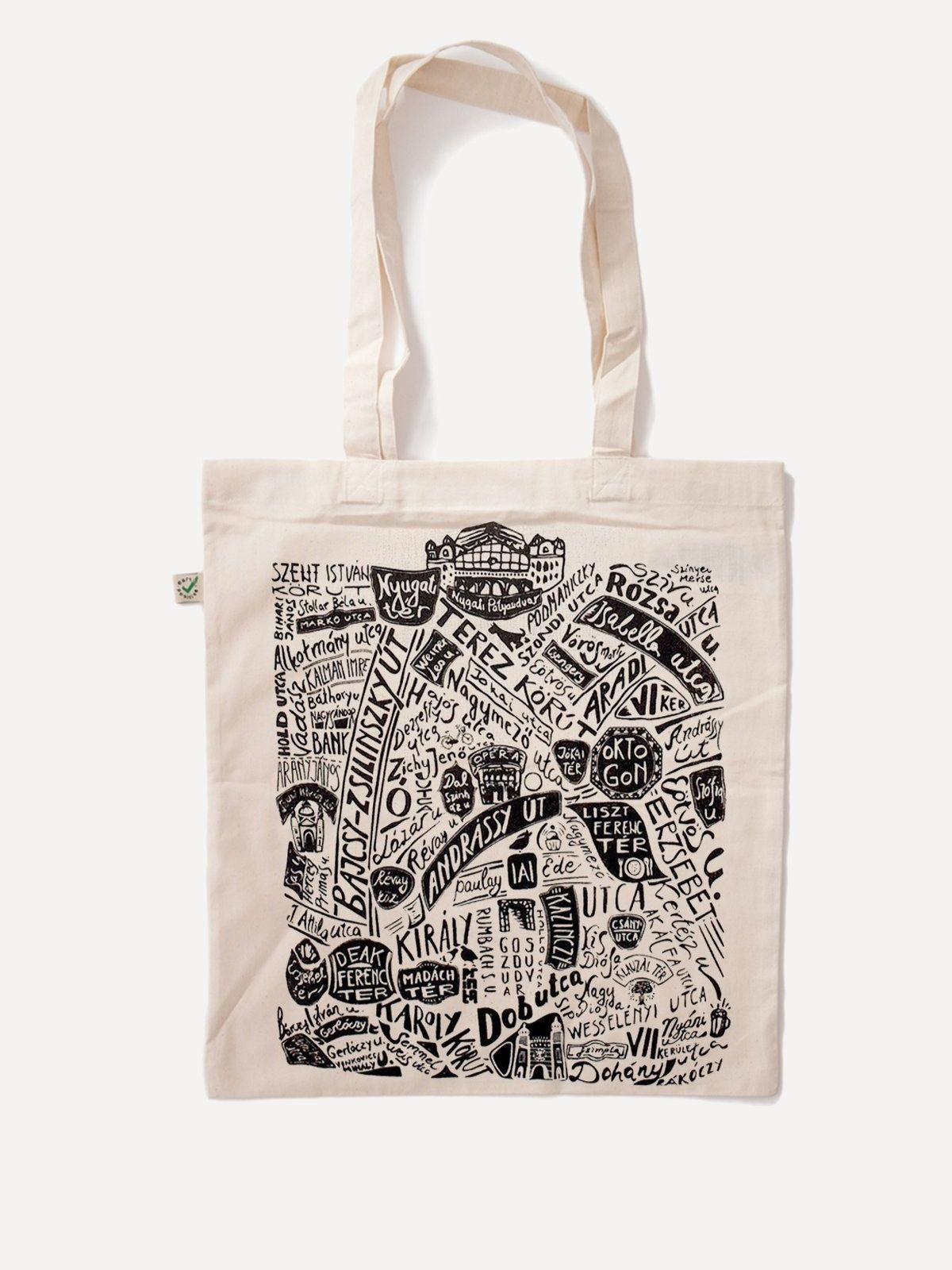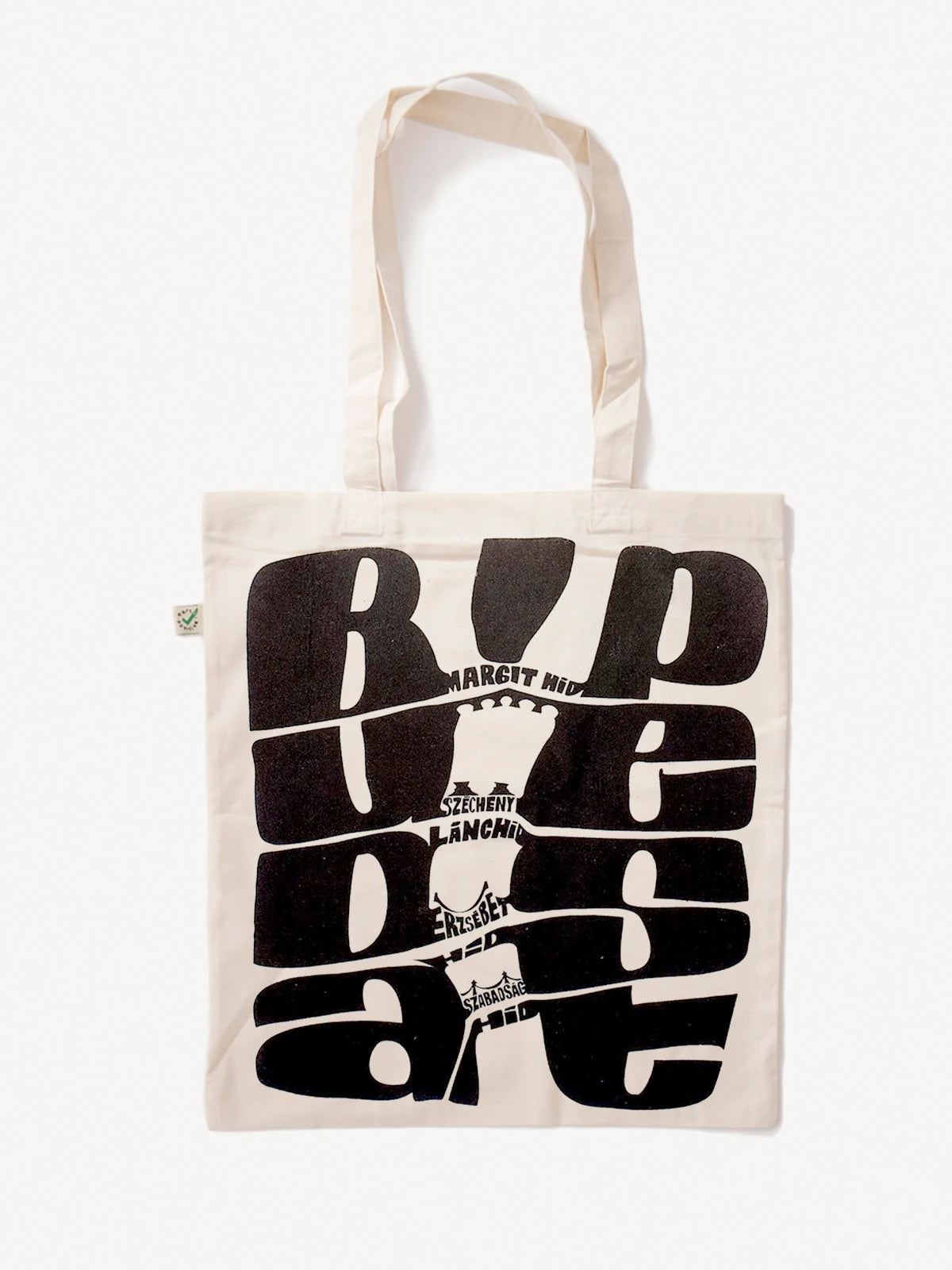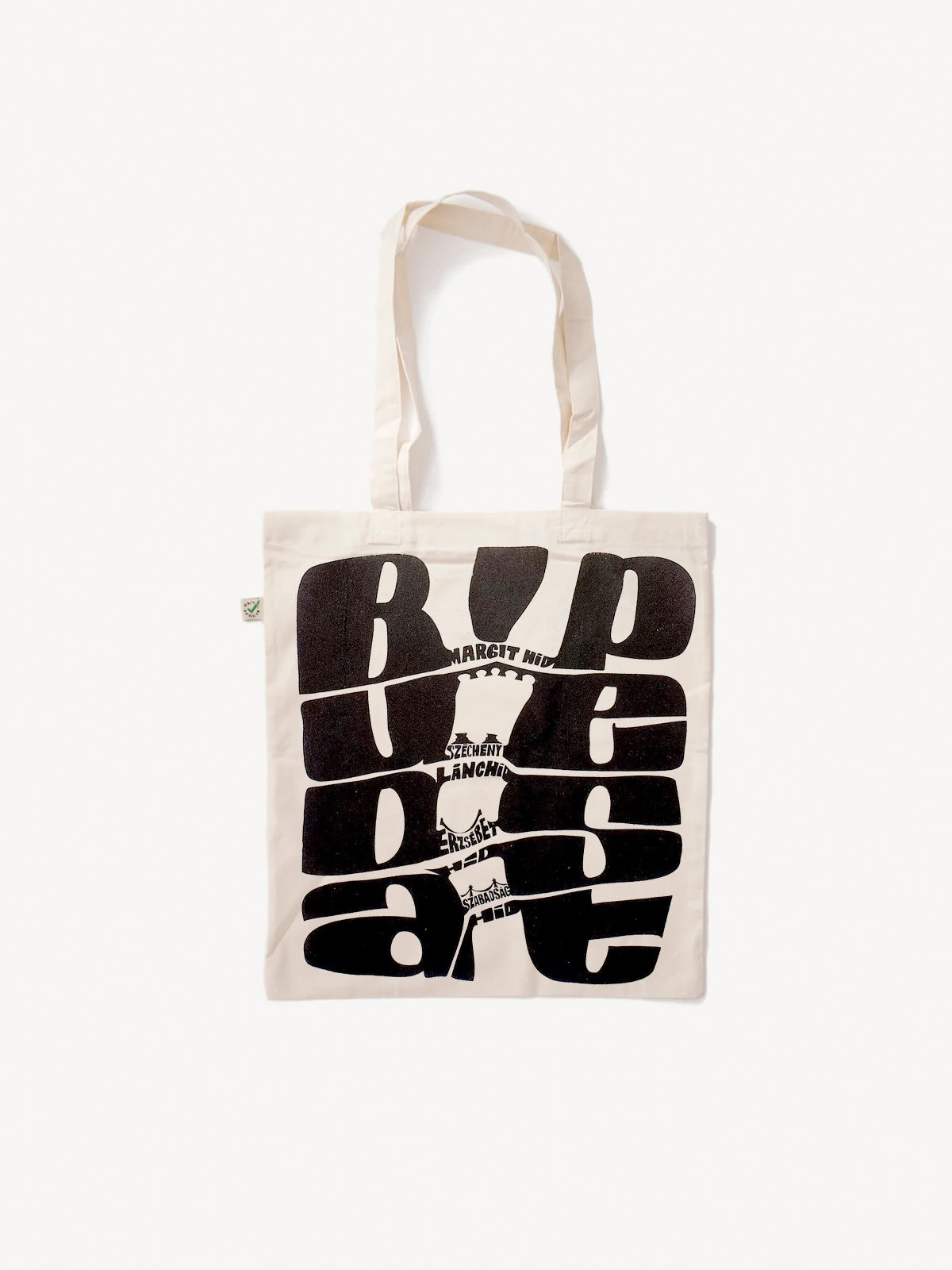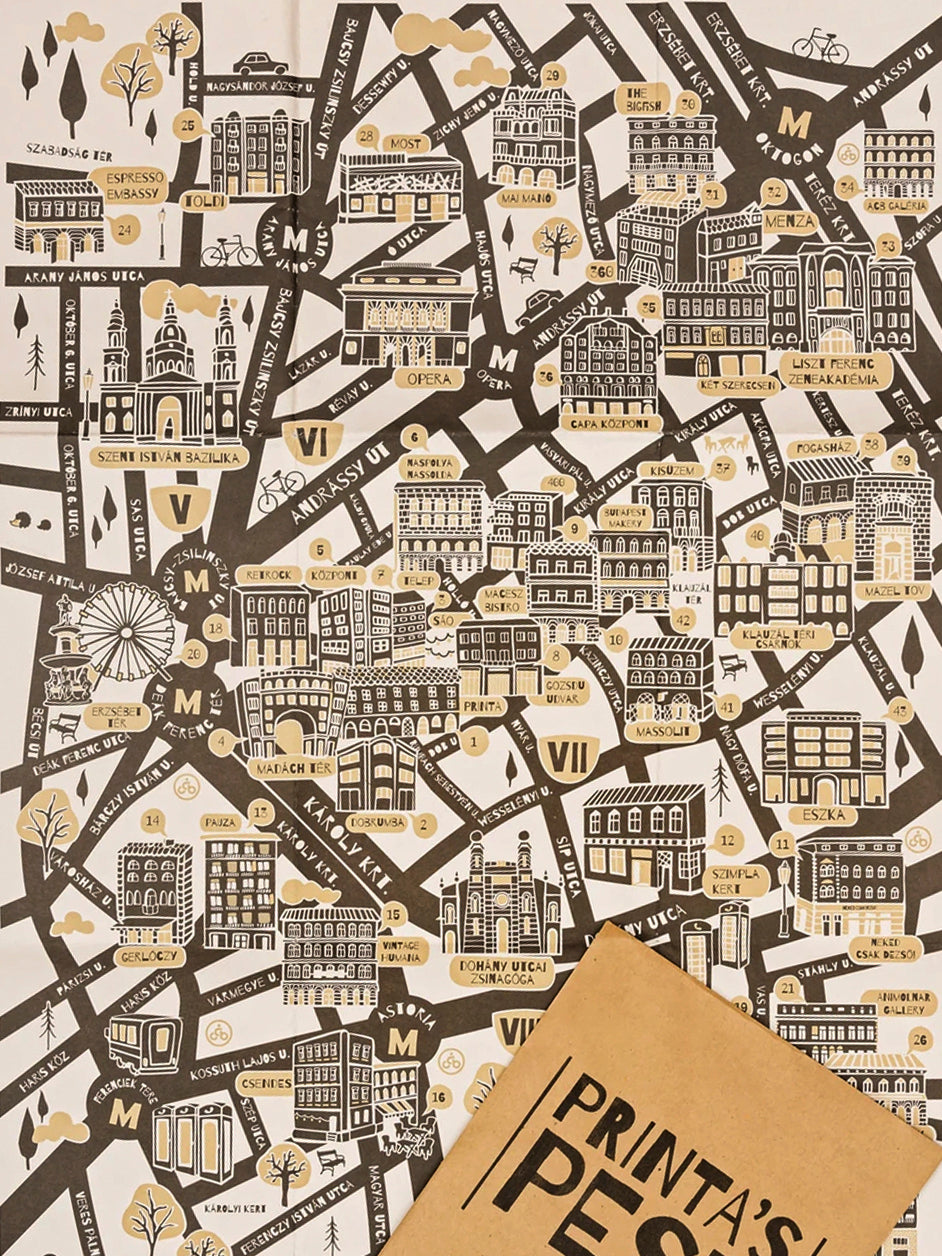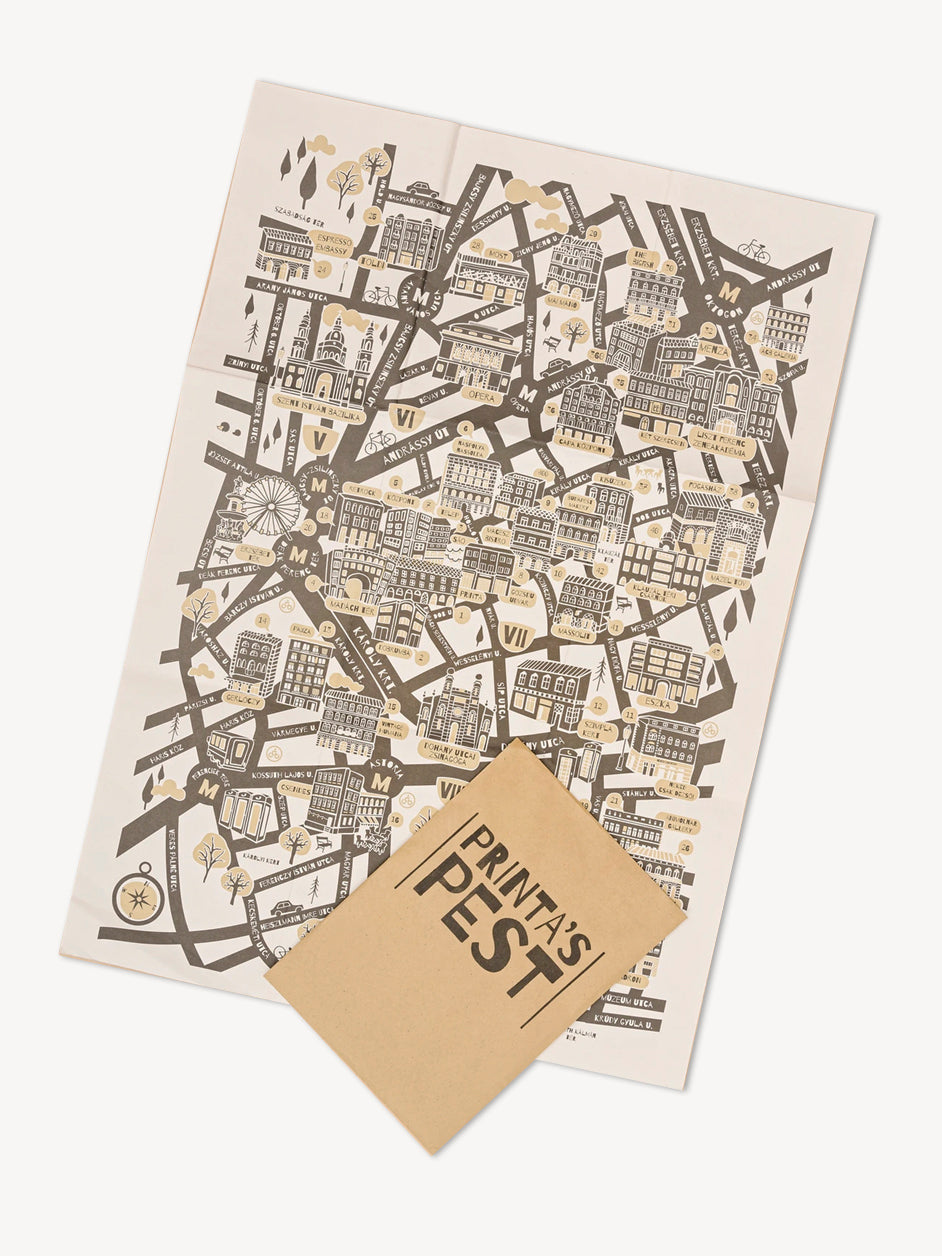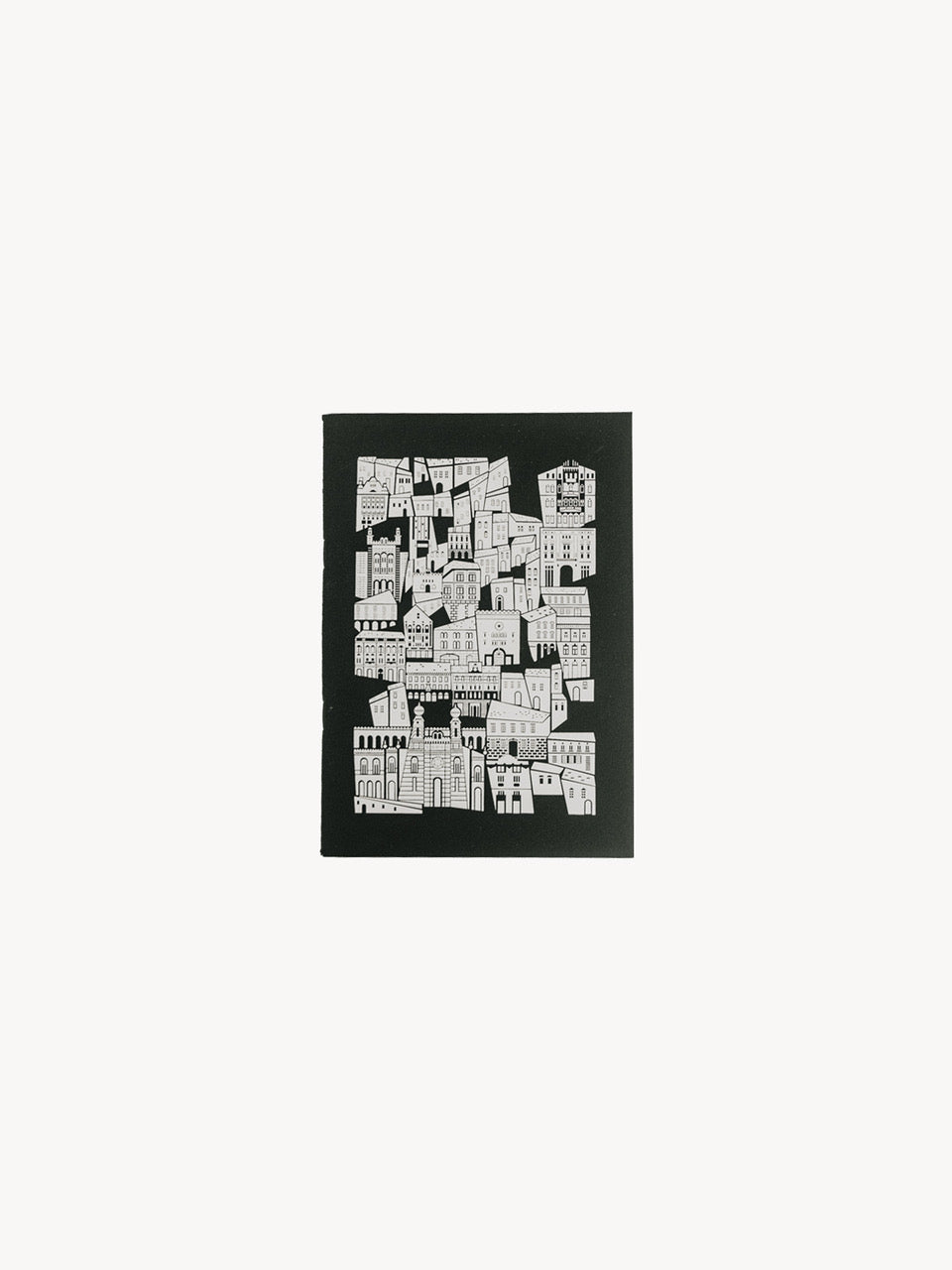The exhibition In Flux by Printa edition brings together the works of designer HENIBARA and graphic designer Zsolt Zimmermann. In the designers' creative philosophy, geometric abstraction is not merely a visual experiment: the exhibition examines how the simplest forms and structures can become a source of new meanings – be it a spatial installation, a planar composition, a functional object or a textile.

Opening speech by Barna Erdesz
Dialogue and flow. In today's world, information is accessible to almost anyone, yet with the advancement of technology, we seem to be moving further and further away from each other. We are more likely to send an impersonal "happy birthday" message and realize we sent the same one exactly a year ago, than to sit down with someone in person and take the time to have a conversation.
That is why I am grateful to the Printa team and Zita Majoros, who with their philosophy call us back to manuality and the analog world, thereby slowing down everyday life a little. I encourage everyone to do the same now: immerse yourself in the works of Henriett and Zsolt, take the time to tune in to the sharp edges and clean structure of Henriett's KARTON chair, or have a wander in Zsolt's endless sea of patterns made up of strict geometric elements at the end of the summer.

Henriett's work is not unfamiliar to me. I recognized early on that although she chooses metal as her base material, her objects still hide an infinite sensitivity behind the cold, acid-resistant steel surfaces. The KARTON chair was inspired by cardboard boxes: while they are filled with our objects, they are durable and strong, but as soon as they are emptied, they collapse. Henriett was interested in how to create a form without a frame structure – from this the chair was born, and then the artist's print from the chair.

Our friendship with Zsolt started with a conversation. He often shared with me the digital prints of his formal games. I always told him: it’s nice to hide behind a screen, but it would be even more exciting to paint and show it to people. Of course, at first he categorically refused. However, a month later he appeared in front of the gallery with canvases and materials under his arm and declared – as if it had been his idea – that he would now start painting.

For both artists, geometric planes are the starting point, but for them, a new quality and spatiality are born from the play of forms. In their world, the meeting of strict rules and chance creates new rhythms: for Henriett, in the playfulness of curved planes, for Zsolt, in the infinite variations of patterns and forms.
I'm glad that these two are now together. And speaking of objects: it's worth thinking about how we, as humans, relate to our objects. How do they shape us, and how do we endow them with meaning? A chair can be a mere tool, but it can also be a memory, a handrail, or even a symbol. A dialogue can also occur between objects – one form echoes the other, one structure amplifies the meaning of the other.

In FLUX is about how the simplest forms and structures can become sources of new meanings. How geometry can discipline and liberate, support and carry playfulness – and how objects can tell stories about us, about each other, and perhaps even about our shared world.

The In flux exhibition can be viewed in the Printa edition gallery space until October 10. The limited edition Printa x Zsolt Zimmermann kimono presented at the exhibition , as well as the serigraphs, are available in the Printa store and online .
